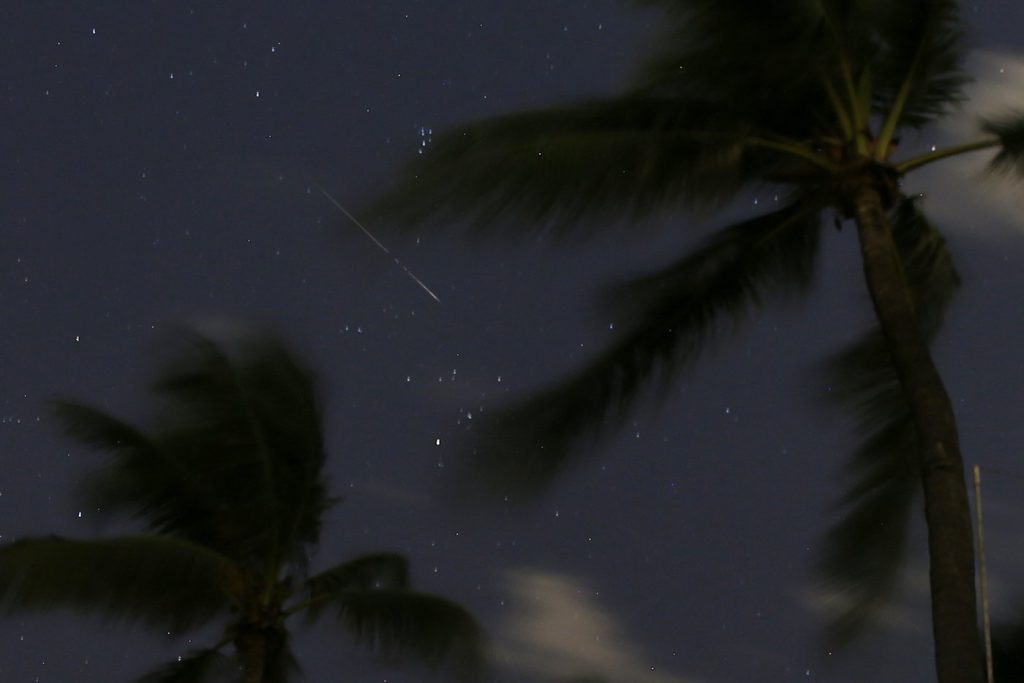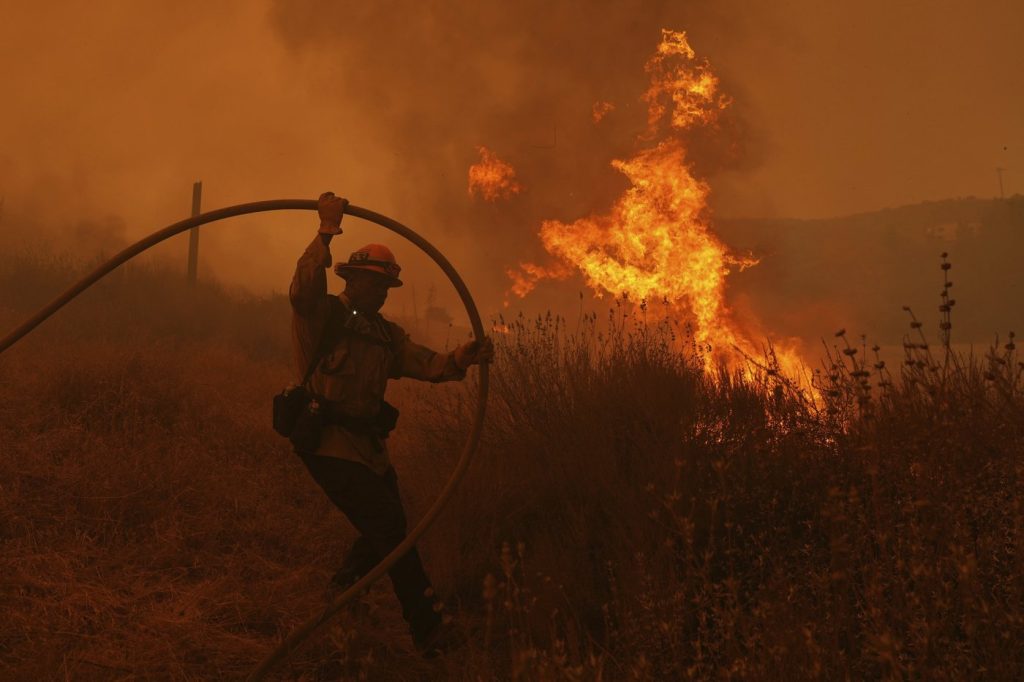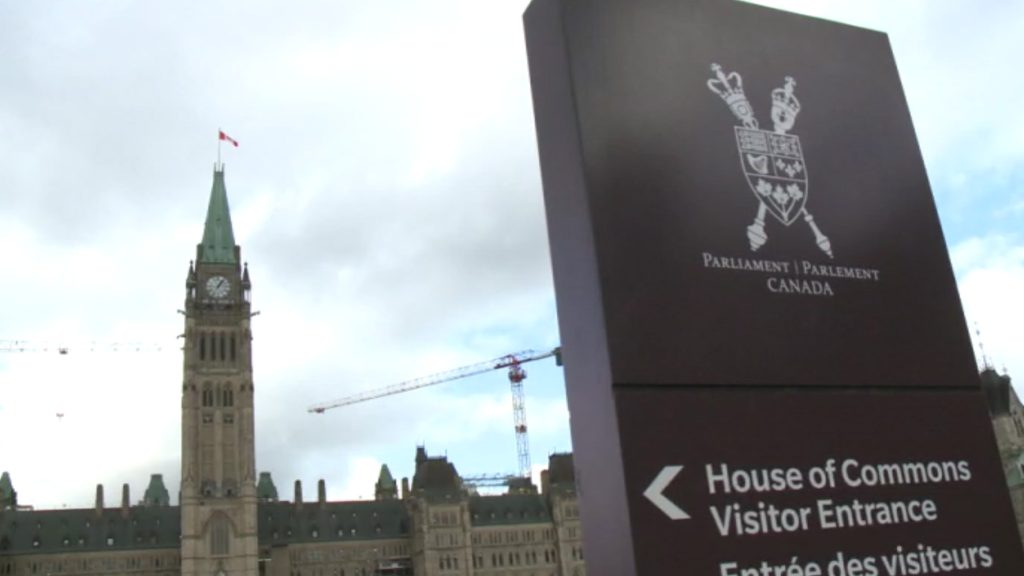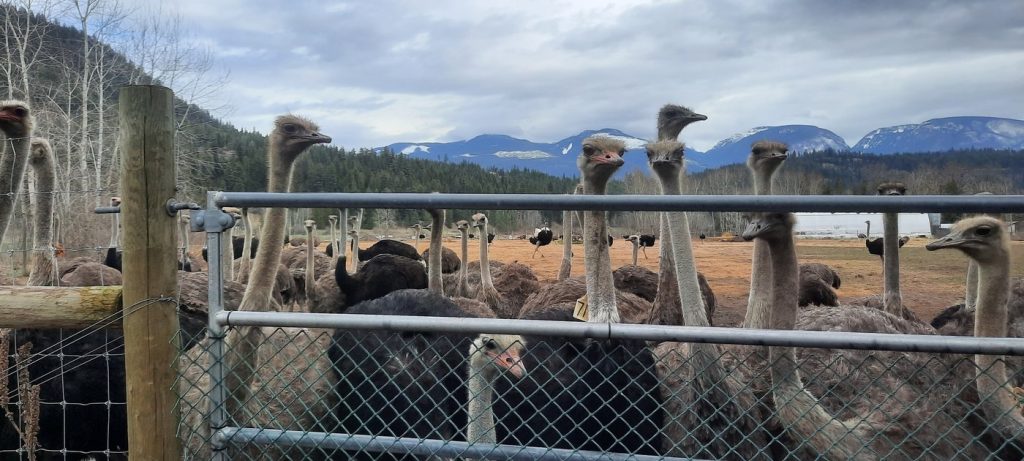WASHINGTON (AP) – This summer, the highly anticipated Perseid meteor shower is gearing up for its peak, occurring in the early hours of Wednesday morning. However, this year's spectacle will be somewhat hampered by a bright moon, which experts advise can diminish the visibility of the meteors. To enjoy a clearer view of these shooting stars, it may be wise to wait about a week after the peak when the sky will be darker.
Thaddeus LaCoursiere, the planetarium program coordinator at the Bell Museum located in St. Paul, Minnesota, remarked on the Perseids, stating that they are "an incredible meteor shower." Under optimal viewing conditions, in the absence of moonlight, the Perseids are capable of producing between 60 to 100 meteors per hour. However, due to the moon being approximately 84% full during the peak, skywatchers can expect to see only about 10 to 20 meteors per hour, as per the American Meteor Society's predictions.
LaCoursiere expresses a preference for late viewing, suggesting that stargazers consider going outside a week after the peak when the moon's brightness will have diminished. The duration for observing the Perseids extends through August 23, providing ample opportunity to catch glimpses of the celestial event.
To understand what a meteor shower is, one must recognize that as Earth travels along its orbit around the sun, it periodically intersects debris left behind by comets and sometimes asteroids. The Perseids meteor shower originates from the remnants of comet 109P/Swift-Tuttle. As these fast-moving space particles enter the Earth's atmosphere, they encounter air resistance, which heats them up rapidly, causing them to burn up and occasionally create bright streaks or "shooting stars" in the sky.
No special equipment is needed for viewing meteor showers; simply find a location that is away from city lights for the best experience. The prime time to observe a meteor shower is typically during the early predawn hours when the moon is positioned low in the sky. Visibility can be severely compromised by competing light sources such as a bright moon or urban light pollution. Thus, cloudless nights with a waning moon present the best opportunities for clear viewing.
Stargazers are encouraged to keep their gaze directed upward instead of down at their phones, as allowing their eyes to adjust to the darkness will improve their chances of spotting these fleeting celestial phenomena.
Looking ahead, the next significant meteor shower on the calendar is the Orionids, which is anticipated to peak in late October, providing another opportunity for meteor enthusiasts to engage with the night sky.
The Associated Press Health and Science Department received support from the Howard Hughes Medical Institute’s Science and Educational Media Group, maintaining sole responsibility for the content presented.
Author: Christina Larson, The Associated Press
In a memorable visual from the historical Perseid meteor shower, a long-exposure photograph captured a dazzling meteor streaking across the sky above palm trees in Bal Harbour, Florida, early on Monday, August 13, 2018. (AP Photo/Wilfredo Lee)












